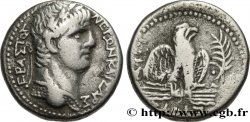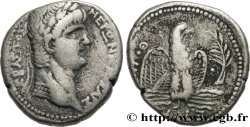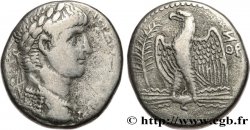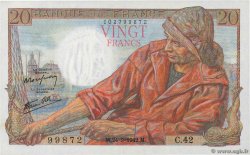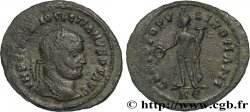bpv_297331 - NERO Tétradrachme syro-phénicien
Nicht verfügbar.
Artikel auf unserem Online-Shop verkauft (2015)
Preis : 650.00 €
Artikel auf unserem Online-Shop verkauft (2015)
Preis : 650.00 €
Type : Tétradrachme syro-phénicien
Datum: an 114
Name der Münzstätte / Stadt : Antioche, Syrie, Séleucie et Piérie
Metall : Silber
Durchmesser : 24,5 mm
Stempelstellung : 12 h.
Gewicht : 14,55 g.
N° im Nachschlagewerk :
Pedigree :
Cet exemplaire, qui provient de la trouvaille dite de Cisjordanie, est le 0091_031 de la base TSP
Vorderseite
Beschreibung Vorderseite Buste lauré de Néron à gauche avec l'égide sur le cou (O*5).
Legende des Averses NERWN KAISAR - SEBASTOS, (Nerwn Kaisar Sebastos)
Übersetzung der Vorderseite (Néron césar auguste).
Rückseite
Beschreibung Rückseite Aigle debout à gauche sur une massue, les ailes déployées ; dans le champ à gauche, une palme verticale.
Legende des Reverses : ETOUS/ DIR
Übersetzung der Rückseite (an 114 de l’ère césarienne).
Kommentare
Le portrait de cet exemplaire est tardif, proche des deniers habituels de l’atelier de Rome, et fait la continuité avec les exemplaires de l’an 112 sur le plan du style.
Le passage du portrait à droite au portrait à gauche est-il purement motivé pour des raisons esthétiques ou permettait-il un tri des espèces ? On constate en effet que l’aigle change lui aussi de direction. Les sigma sont traités en C.
Dans la base TSP maintenue par Michel Prieur, soixante exemplaires seulement sont maintenant répertoriés.
The portrait in this example is late, close to the usual deniers from the Roman workshop, and is in continuity with the examples of the year 112 in terms of style. Is the change from the portrait on the right to the portrait on the left purely motivated by aesthetic reasons or did it allow for a sorting of the species? We can indeed see that the eagle also changes direction. The sigmas are treated as C. In the TSP database maintained by Michel Prieur, only sixty examples are now listed
Le passage du portrait à droite au portrait à gauche est-il purement motivé pour des raisons esthétiques ou permettait-il un tri des espèces ? On constate en effet que l’aigle change lui aussi de direction. Les sigma sont traités en C.
Dans la base TSP maintenue par Michel Prieur, soixante exemplaires seulement sont maintenant répertoriés.
The portrait in this example is late, close to the usual deniers from the Roman workshop, and is in continuity with the examples of the year 112 in terms of style. Is the change from the portrait on the right to the portrait on the left purely motivated by aesthetic reasons or did it allow for a sorting of the species? We can indeed see that the eagle also changes direction. The sigmas are treated as C. In the TSP database maintained by Michel Prieur, only sixty examples are now listed







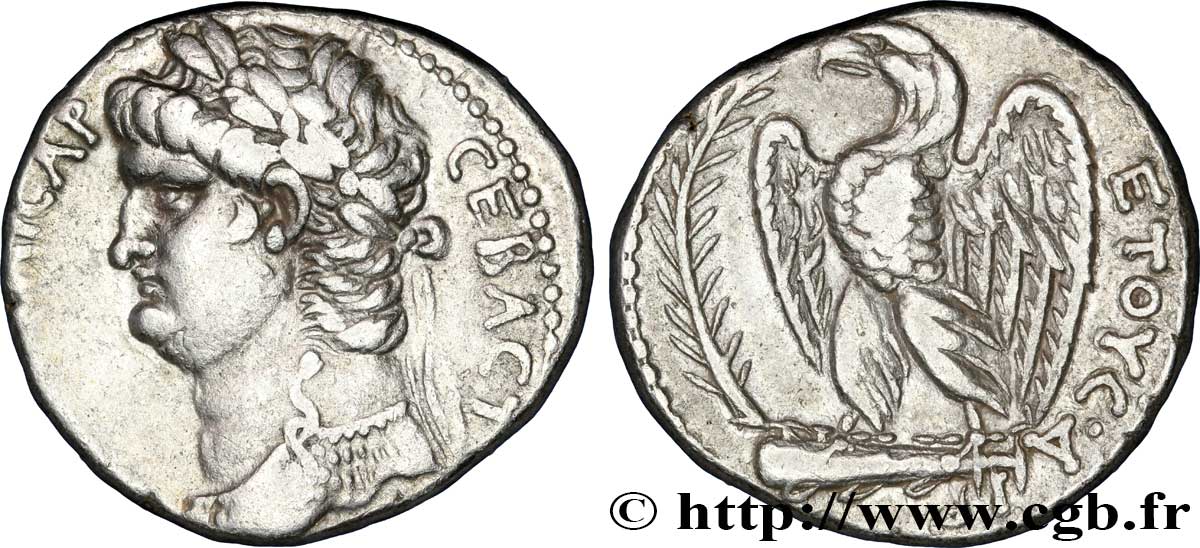
 Berichten über einen Fehler
Berichten über einen Fehler Die Seite drucken
Die Seite drucken Teilen meiner Auswahl
Teilen meiner Auswahl Stellen Sie eine Frage
Stellen Sie eine Frage Einlieferung/Verkauf
Einlieferung/Verkauf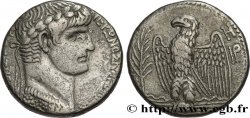
 Details
Details